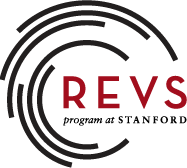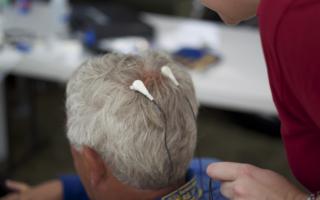Understanding Corrosion and Preservation of Automobile Surfaces
Before we can understand how to care for vehicles, we must understand the object before us. Central to our research is the 1952 Cunningham C-4RK, an aluminum-bodied race car with a nitrocellulose lacquer coating. The car was built by legendary racer and entrepreneur Briggs Cunningham with the goal of creating an American-built sports car capable of winning the 24-hour race at Le Mans.
1952 Cunningham C-4RK in the Collier Collection in Naples, Florida.
The C-4RK performed beautifully at Le Mans, but ended up finishing 11th overall due to a crash during... Read More




